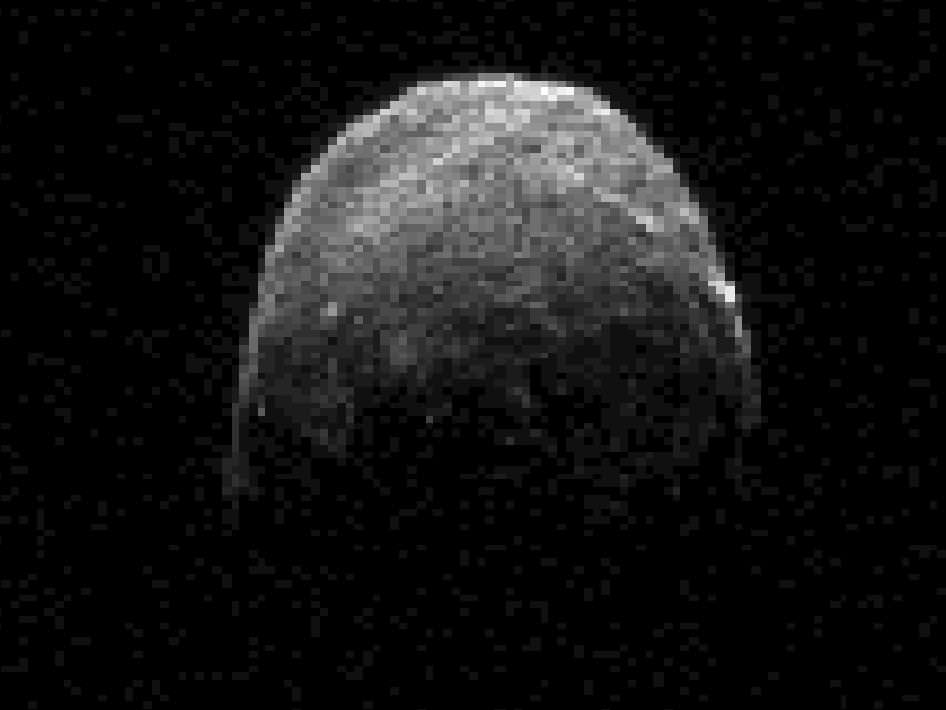Energizer usb devices driver download for windows. 2006 RH120 - This strange asteroid sometimes orbits the Earth - Discovered by CSS in September 2006, this so-called Temporarily Captured Object (TCO) (PDF) exhibits an unusual near-Earth orbit wherby the asteoid becomes temporarily transfered into geocentric (Earth) orbit. Drivers dpict imaging. 据报道,相关研究于11月24日被发表在了《天文学杂志》上。该团队确认,这一小行星是自然物体而非太空垃圾,并正式将其命名为“2020 CD3”。这是继14年前发现“2006 RH120”后,第二次发现“迷你月球”(Minimoon)。.
12 2006 RH120 is a tiny near-Earth asteroid with a diameter of about 5 meters and it was in Earth orbit from September 2006 to June 2007. While the asteroid was in orbit, the force acting on the asteroid A was zero. B was pointed in the direction that the satellite was moving. C was increasing. D was pointed toward the center of Earth at all times.
- Wolfram Research. 2006 2006-11-08. ^ Discoverer of Titan: Christiaan Huygens. ESA Space Science. 2005 2006-11-08. ^ Giovanni Domenico Cassini (June 8, 1625 - September 14, 1712).
- Astronomer Kacper Wierzchos said it was a 'big deal' as 'this is just the second asteroid known to orbit Earth (after 2006 RH120, which was also discovered by the Catalina Sky Survey).; Its route suggests it entered Earth's orbit three years ago, he said.
From Wikipedia
Discovery | |
|---|---|
| Discovered by | Catalina Sky Survey |
| Discovery date | 14 September 2006 |
Physical characteristics | |
| Dimensions | ~3-4 m |
| Mass | ~1.0 × 103? kg |
| Mean density | 2 ? g/cm³ |
| Rotation period | ? 1.1 h |
| Albedo | 0.1 ? |
| Absolute magnitude (H) | 29-30 |
2006 RH120 is the provisional designation for a small asteroid, with a diameter estimated at two metres[1] which ordinarily orbits the Sun but temporarily enters Earth orbit about every 21 years. It most recently was in Earth orbit from September 2006 to June 2007. Until given a minor planet designation on February 18, 2008, the object was known as 6R10DB9, an internal identification number assigned by the Catalina Sky Survey.[2]
Some controversy existed regarding the origin of the object. Upon discovery, it was not given a formal name since its size and orbit suggested it may have been an artificial object. A precedent for this exists in J002E3, currently thought to be the third stage Saturn S-IVB booster from Apollo 12, in an almost identical orbit.
History
2006 RH120 was discovered on 14 September 2006 by the 27-inch (690 mm) Schmidt camera of the Catalina Sky Survey in Arizona.[3] Preliminary orbital calculations indicated it was captured by Earth's gravity from solar orbit of a period of about 11 months, which is similar to that of many spent rocket boosters dating to the Apollo program of the 1960s and early 1970s. However, later analysis shows the body is not affected by the pressures of solar radiation and must be a dense rocky body or at least regularly shaped. One hypothesis is that the object is a piece of lunar rock ejected by an impact.[4]

'6R10DB9' was the Catalina Sky Survey's own discovery designation for this object, which usually would only be used on the MPC's NEO Confirmation Page (NEOCP) until an IAU designation was applied, if the object was classified as a minor object. It was added on September 14 to the NEOCP and subsequently removed with the explanation that it 'was not a minor planet.'[5] However, the object was later confirmed to be a minor planet.
The object made four Earth orbits before being ejected after the June 2007 perigee. At that perigee, it dipped inside the Moon's orbit to a distance of approximately 200,000 miles (320,000 km).
June 14, 2007 Perigee
On June 14, 2007, 2006 RH120 made its fourth and last perigee of its 2007 encounter. It was 0.7 lunar distances at closest, with an apparent magnitude of 18.5 - 19.0.
Astronomers at JPLGoldstone in California, USA made radarastrometry measurements on June 12, 14 and 17, 2007.
Earth Has 2 Moons
The object is now in solar orbit. A next potential near-Earth encounter will be 2028.
Earth Second Moon Appears
References and footnotes

- ↑'JPL Goldstone Planning Page'. http://echo.jpl.nasa.gov/asteroids/6R10DB9/html/6R10DB9_planning.html. Retrieved 2007-06-07.
- ↑Great Shefford Observatory. '2006 RH120 ( = 6R10DB9) - A second moon for the Earth?'. http://www.birtwhistle.org/Gallery6R10DB9.htm. Retrieved April 16, 2008.
- ↑'Distant Artificial Satellites Observation (DASO) Circular No. 68, 2006 Sept. 17, 16:59 UT'. http://cfa-www.harvard.edu/~gwilliams/DASO/000000/DASO_000068.txt. Retrieved 2007-06-26.
- ↑Bill Gray. 'Pseudo-MPEC for 6R10DB9'. http://home.gwi.net/~pluto/mpecs/6r1.htm. Retrieved August 16, 2007.
- ↑'Major News About Minor Objects, April 18, 2007'. http://www.hohmanntransfer.com/news/0704.htm#news. Retrieved 2007-06-27.
Could Earth Get Another Moon
See also
- 6Q0B44E - Another small Earth satellite, probably artificial
- 3753 Cruithne - Another 'Second Moon' candidate
- 2002 AA29 - Potential Earth-orbiting asteroid
External links
- JPL Horizons ephemeris gererator Change target body to '2006 RH120'.
| ||||||

Comments are closed.